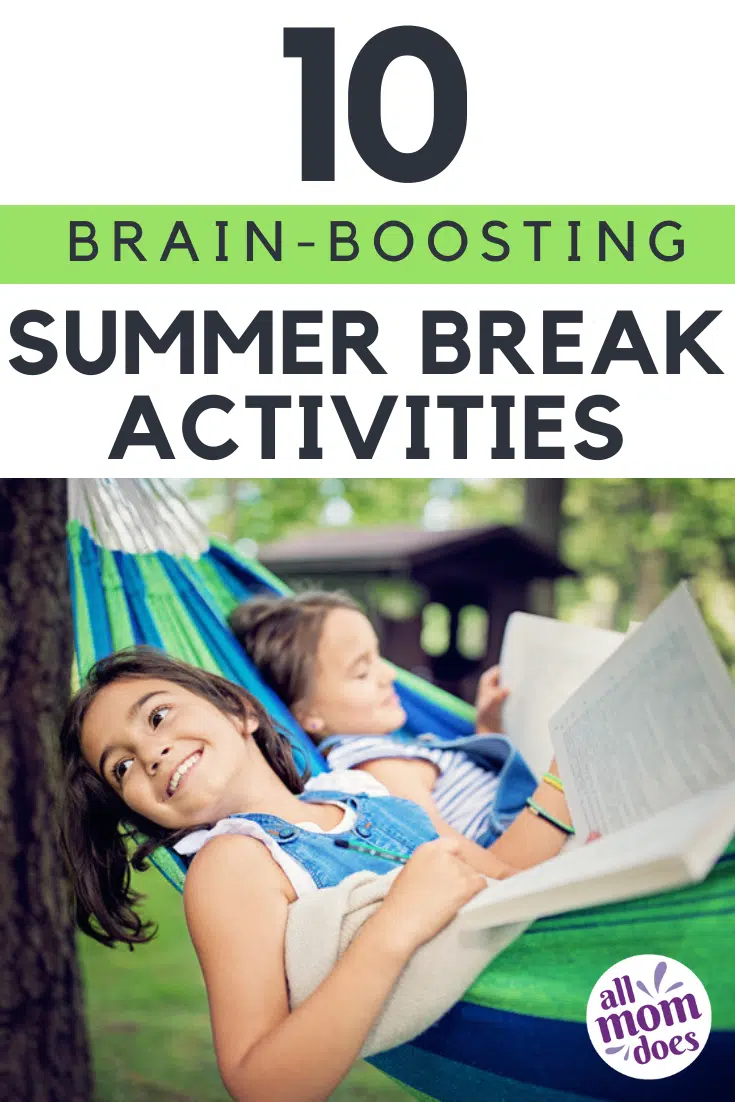Kids work hard in school, and when school breaks roll around they deserve a mental break just as much as their teachers do. Especially this crazy year, when the end of the school term blurred with the beginning of summer since everyone had already been home full-time for 3+ months. And while your child definitely needs some down time, it doesn’t mean they have to take a complete break from learning over the summer. Here are some ways to keep your child’s brain active and engaged during summer break – in ways that are so fun, they’ll never even know they’re keeping their mind sharp for when school starts back up again.
This post is sponsored by Seattle Christian School.
Cooking and Baking – There’s a lot of math involved in the kitchen – but this makes it fun! For older children, make it more challenging by asking them to double a cookie recipe or halve a casserole.
Shopping on Budget – Money management is a GREAT life skill to develop early. If you’re shopping for a birthday gift for a friend or family member, take the kids with you and help them choose a gift within a set budget. If they have gift cards or money from leftover Christmas or birthday, help them look up prices for things they want online and factor in tax and shipping costs to determine the total. You can even take older kids grocery shopping with you and ask them to try and keep track of the total bill by estimating; compare how close they are to the final cost at check-out.
Read Daily – Reading is one of the best things your kids can do to keep their brains active. Make reading mandatory every day by carving out regular time to do it – whether it’s first thing in the morning, mid-day, or right before bed. Try Storyline Online to read to your youngest readers if you need some time to do other things while they’re busy reading.
Turn Off the TV – You’ll initially hear some complaints, but don’t let that discourage you. You’ll be amazed at how creative your kids become when they have to figure out how to entertain themselves.
Play Board or Card Games – Most games involve math, reading, or strategy. Play games as a family throughout the break to keep your kids’ minds active. Thrift stores are GREAT places to find new, inexpensive games and activities to try!
Do Puzzles – Jigsaw puzzles help develop problem-solving skills, logical thinking, cognitive skills, as well as spatial reasoning. They also help support memory and concentration.
Learn Something New – Now’s the time to let them dive DEEP into their passion! Interested in gardening? Have them start a container garden and learn what plants work best in your climate, or how to properly care for them. Have an aspiring YouTuber? Then let them figure out how to use technology to create the videos they want to make. Don’t shy away from tech just because they involve screens. Any ACTIVE learning and creating (not just passive consuming of other peoples’ content) will help engage your child’s mind.
Check Out STEM Websites – Let technology work for you. There are lots of websites that will engage your child in learning while they’re still having fun.
Have Kids Do Yoga Sessions – Not only does yoga have physical benefits, but it has mental benefits as well including increased focus and concentration. Check out the Cosmic Kids YouTube Channel and find lots of fun, engaging, kid-friendly yoga workouts.
Do Open-Ended Crafts – Set out papers, stickers, paints, markers, glue, glitter, tape, string, ribbons, boxes…whatever craft supplies you have…and see what your kids come up with. Watch their brains come alive with creativity!
Put On A Play – Have your kids write, rehearse, and perform a play. This encourages reading, writing, creativity, and memorization. If you have older, tech-savvy kids, have them record and edit it to make their own movie!

Are you looking for a school that will not only offer your child an academic challenge, but also help to solidify their faith and reinforce your values with a Christian worldview? Then check out Seattle Christian School and learn about the challenging academics, grace-filled personalized learning, and diverse multi-denominational community offered to students in K through 12.
RELATED:
Break Your Child’s Screen Time Addiction

















